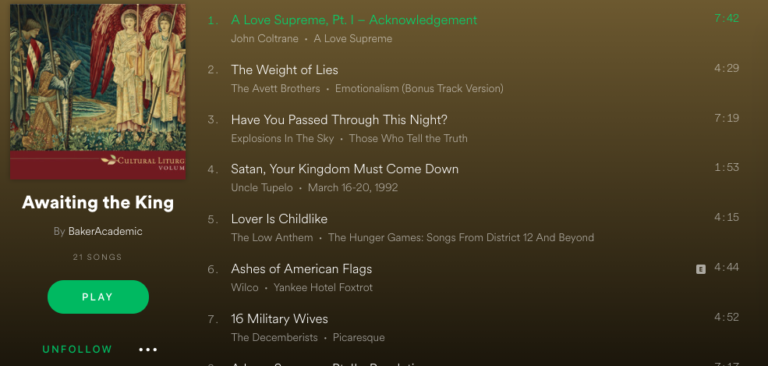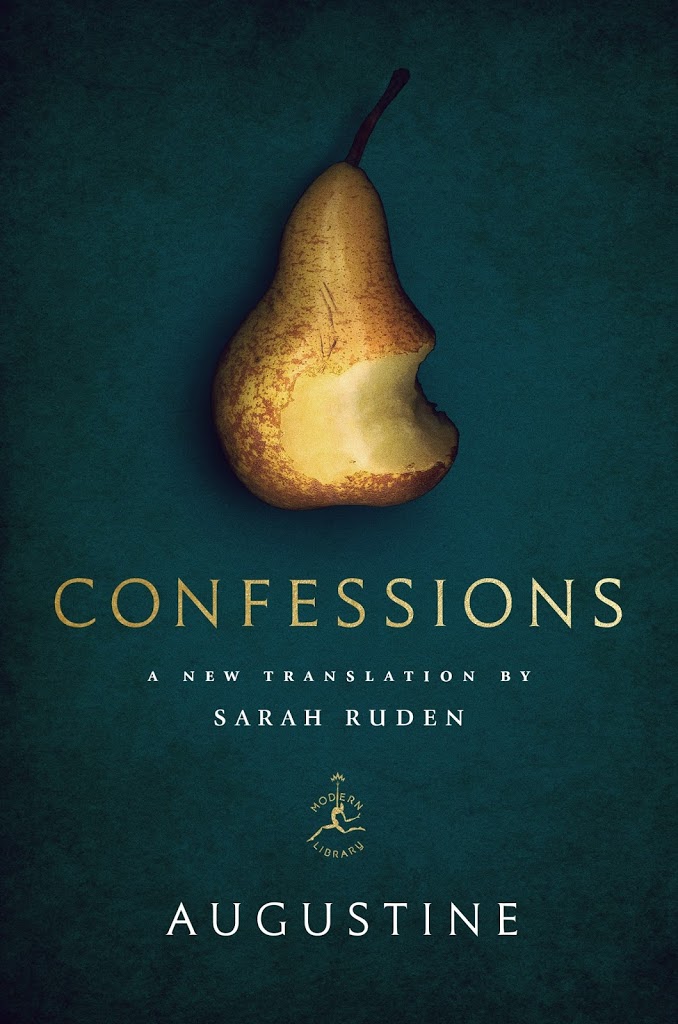Our History of Violence
I finally had the opportunity to see David Cronenberg’s new film, A History of Violence, starring Viggo Mortensen (as Tom Stall), with an excellent performance by William Hurt (as Richie Cusak).
As you’d guess, the film very much interrogates violence on a number of different levels, with various kinds of “disturbance”: from a sado-masochistic erotic scene to violence against children, coupled with key scenes involving bodily tissues and fluids. (Having been tipped off to the latter in A.O. Scott’s NYT review, my wife passed and I went with my friend, Mark.)
Cronenberg is clearly out to de-aestheticize violence that is a staple of Hollywood, and increasingly, our cultural practices. There is a way that he is trying to wake up us up to what we might call, loosely paraphrasing Hannah Arendt, the “banality of violence.”
But the final sequence of the film is highly ambiguous, and so one wonders what Cronenberg is after. Clearly, the closing scenes invite theological reflection. [Note: if you’ve not seen the film, and plan to, don’t read any further.]
The closing sequence is launched by a Cain & Abel encounter between brothers Joey Cusak (Mortensen) and Richie Cusak–invoking the “first violence” of Genesis 4. As Richie peers up the barrel of Joey’s pistol, he pleads, “Jesus, Joey…” Joey responds with a bullet to Richie’s forehead, looks over his brother’s body, and then mutters under his breath, almost shaking his head: “Jesus, Richie…”
We then cut to a scene of Joey at the lake behind Richie’s mansion, peeling off his blood-stained clothes (casting off the “old man” as it were), and washing himself in the baptismal waters of the lake. He then makes the long trip back from Philadelphia to his (now disrupted) ho-hum farm house in rural Indiana. Walking into his house, his family (who all now know his history of violence), are quietly eating at the table. In silence, the youngest daughter prepares a place for him at the table, inviting him to join the meal. His son Jack, who was enraged by his father’s history of violence, passes him the meatloaf as an extension of hospitality, and his wife, Edie, simply looks at him through tears…and the celluloid goes dark. The film seems to end with this eucharistic hospitality, where the history of violence is forgiven when Tom/Joey is welcomed to the table.
But I think that such a reading is taking Cronenberg’s bait. In other words, I think that Cronenberg is playing with us here, inviting us to see redemption where there is none. The utter ambiguity of the final scenes–including remarkably ambiguous expressions on the face of Tom and Edie–invites quite a different reading, one that is much more cynical. On this reading, Cronenberg is slyly inviting us to see our implication in violence, our own history of violence. (The use of the sex in the film is clearly intended to suck us into being erotically charged by violence, which is exactly what Hollywood [and Fox News] lives off of.) So on this alternative, decidedly un-Christian and perhaps even “pagan” reading (thinking of Milbank’s discussion of the pagan in Theology and Social Theory), the first violence of Cain & Abel is a necessary violence, replayed over and over again, without end and without escape from the cycle. Joey’s washing in the lake is not a redemptive cleansing, but more a matter of “washing one’s hands,” the wistful illusion of being done with violence, when in fact it is violence which nourishes all our practices and privileges. And his silent welcome to the table at home is not a matter of eucharistic hospitality and forgiveness, but rather the silent complacency that wants to act “as if” we weren’t implicated, “as if” the violence never happened, “as if” we can just get on with out lives and not talk about it. At the heart of this reading is a heightened sense of the banality of violence–that the pristine peace of every Mayberry is built upon a history of violence.
And I think it is precisely this second, alternative reading which would be the most “Christian.” In other words, the real theological import of A History of Violence will be found in refusing the easy, almost trite, identification of Christian symbols and instead seeing in them a more sinister implication of us in our own histories of violence. In other words, I think Christians should read A History of Violence as a pagan comedy, not a Christian tragedy.



